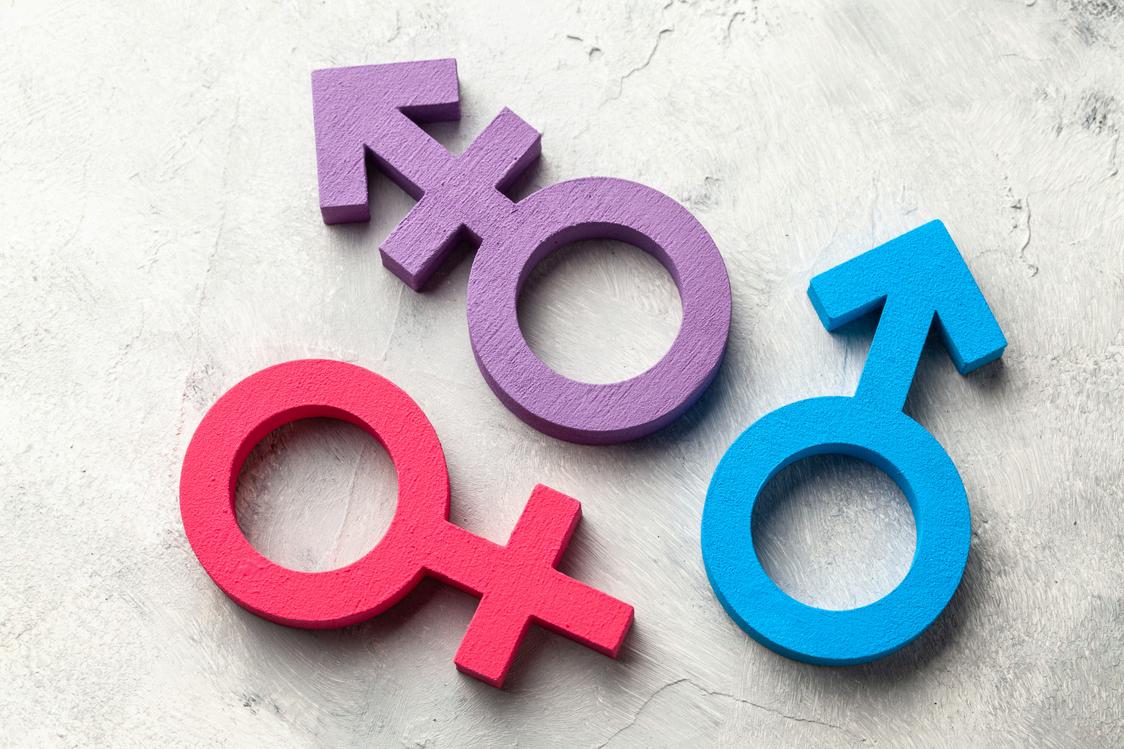
3 minute read
Diversity, Equity, and Inclusion in Patient Rights in Canada
by Cheryl A Petruk, MBA, B.Mgt.
In Canada, the principles of Diversity, Equity, and Inclusion (DEI) have become central pillars in the delivery of healthcare services, especially in safeguarding and advancing patient rights. Canada’s rich cultural tapestry, including its Indigenous Peoples, immigrant populations, racialized groups, and those from diverse gender and ability spectrums, calls for an equitable healthcare system that respects and addresses unique needs. DEI is not just a moral or ethical priority; it is a practical and legal imperative rooted in the principles of human rights and dignity.
TheLandscapeofPatientRightsinCanada
Patient rights in Canada are framed by the Canada Health Act (CHA), which ensures access to publicly funded health care based on need, not ability to pay. While the CHA establishes the foundation for healthcare delivery, provincial and territorial jurisdictions develop and enforce patient rights frameworks. These rights emphasize equitable access, informed consent, privacy, andculturallycompetentcare.
Despite these commitments, systemic barriers persist. Canada’s diverse populations experience disparities in access to care, treatment outcomes, and overall patient satisfaction. This is particularly true for marginalized communities, including Indigenous, Black, and racialized individuals; people with disabilities; LGBTQIA+ populations; and low-income groups. Addressing thesedisparitiesrequiresembeddingDEIprinciplesintotheheartofpatientrightsframeworks.
UnderstandingDiversityinPatientRights
Diversity in healthcare acknowledges the differences in race, ethnicity, gender, sexual orientation, socio-economic status, ability, and cultural or religious beliefs. Canadian healthcare systems serve a highly diverse population, and recognizing these differences is vital for equitableandinclusivecare.
Cultural Diversity: Immigrant and refugee populations bring varied healthcare expectations, languages, and cultural practices. For example, language barriers can impede effective communication, leading to misdiagnosis, improper treatment, or misunderstandings about patientconsent.
Indigenous Communities: Indigenous peoples in Canada face unique challenges rooted in historical and systemic injustices. The Truth and Reconciliation Commission’s (TRC) Calls to Action emphasized the urgent need for culturally safe healthcare. Indigenous patients often report experiences of discrimination, stereotyping, and neglect, which exacerbate health inequities.
Diversity, Equity, and Inclusion in Patient Rights in Canada cont'd
LGBTQIA+ Communities: Lesbian, gay, bisexual, transgender, queer, intersex, and asexual individuals face barriers to accessing safe and inclusive healthcare. Fear of stigma, misgendering, and a lack of understanding of gender-affirming care deter individuals from seekingtimelytreatment.
People with Disabilities: Patients with disabilities often encounter physical and attitudinal barriers, including inaccessible facilities, limited communication options, and assumptions abouttheirqualityoflife.
Diversity in patient rights demands recognition of these distinct identities and experiences Healthcare professionals must approach care with cultural humility and an understanding that eachpatient’sbackgroundshapestheirhealthcareneedsandexpectations
Equity:TheCornerstoneofFairHealthcare
Equity in healthcare goes beyond equality; it acknowledges that different individuals and communities have different needs. While equality ensures everyone gets the same resources, equity ensures that resources are distributed based on need, creating fair opportunities for healthandwellness
AddressingHealthDisparities
Health disparities are persistent in Canada, particularly for racialized and marginalized groups. Forexample:
Indigenous Health Disparities: Indigenous peoples have lower life expectancy, higher rates of chronic diseases, and disproportionate mental health challenges. Barriers such as geographic isolation, underfunded healthcare services, and colonial traumas further exacerbate these disparities
Racial and Ethnic Disparities: Black Canadians experience higher rates of hypertension, diabetes, and mental health issues, often stemming from socio-economic inequities and systemicdiscrimination
Gender and Sexuality Disparities: Transgender individuals often encounter barriers in accessing hormonetherapies,mental healthsupport,andgender-affirming surgeries. Equity-drivenapproachesaddressthesedisparitiesthroughtargetedinterventions,suchas:
Investing inculturally sensitivehealthcaretraining forprofessionals.
Expanding healthcareaccessinunderservedandrural areas.
Implementing languageservicesandmultilingual healthresources.
Providing inclusive policies for LGBTQIA+ patients, such as gender-affirming care and gender-neutral facilities.

Diversity, Equity, and Inclusion in Patient Rights in Canada cont'd LegalandPolicyFrameworksSupportingEquity
Canadahasintroducedvariouslegalandpolicymeasurestopromotehealthequity.Forinstance: TheCanadianHumanRightsActprohibitsdiscriminationbasedonrace,gender,disability,and othergroundsinfederallyregulatedsectors.
Provincial health equity strategies aim to identify and address systemic barriers within healthcare.
Anti-racism initiatives, such as Ontario’s Anti-Racism Act (2017), mandate data collection to betterunderstandracialdisparitiesinhealthcareaccessandoutcomes.
Equity in patient rights requires continuous policy reforms, community collaboration, and accountabilitytoensurethatnoindividualisleftbehindinCanada’shealthcaresystem.
Inclusion:CreatingaSafeandRespectfulHealthcareEnvironment.
Inclusioninhealthcaremeans: fostering environments where all individuals feel respected, valued, and empowered. Inclusive careensuresthathealthcaresettingsarefreeofdiscrimination,judgment,orexclusion,creating spaceswherepatientscanactivelyparticipateintheircare.
InclusivePracticesinHealthcare

Culturally Competent Care: Healthcare providers must be trained to delivercarethatisculturallysensitiveandinclusive.Culturalcompetence goes beyond awareness; it involves integrating cultural knowledge into clinicalpracticeanddecision-making.
Patient-Centered Communication: Effective communication is the backboneofinclusivecare.
Thisincludes:
Providing language interpretation services for non-English/Frenchspeakingpatients.
Usinggender-affirminglanguageandrespectingpronouns.
Ensuring accessibility for patients with disabilities, such as sign language interpretationandassistivetechnologies
Representation in Healthcare Leadership: A lack of diversity among healthcare providers and administrators can perpetuate biases and exclusion Increasing representation from diverse communities in leadership positions ensures that healthcare decisions reflect the populationstheyserve.
AddressingStigmaandBias:Implicitbiasamonghealthcareproviderscan lead to disparities in care. Ongoing anti-bias training, reflection, and accountabilitymeasuresareessentialforfosteringinclusivepractices.



Diversity, Equity, and Inclusion in Patient Rights in Canada cont'd
TheRoleofPatientsandAdvocacy
Inclusion also empowers patients to advocate for their rights. Patient advocacy groups in Canada, such as the Canadian Patient Safety Institute and Indigenous Health Advocacy organizations, play critical roles in highlighting disparities and pushing for systemic reforms. Empowered patients are active participants in their care, leading to improved health outcomes andsatisfaction.
MovingForward:ACalltoAction
Achieving Diversity, Equity, and Inclusion in patient rights in Canada requires systemic, organizational,andindividualefforts.Keyactionsinclude:
EnhancingEducationandTraining:Healthcareprofessionalsmustreceiveongoingeducationon culturalsafety,unconsciousbias,andDEIprinciples.
Improving Data Collection: Collecting disaggregated data based on race, ethnicity, gender, and otheridentitymarkersallowspolicymakerstoidentifyandaddresshealthinequitieseffectively.
Engaging Communities: Collaborative partnerships with diverse communities are critical to understandingtheirneedsandco-creatingsolutionsthatimproveaccessandcare.
Policy and Funding: Governments must prioritize health equity by funding programs that addresssystemicbarriersanddisparities.
Accountability and Transparency: Healthcare institutions must monitor DEI progress, report on outcomes,andremainaccountabletothecommunitiestheyserve.
Diversity, Equity, and Inclusion are essential for protecting and advancing patient rights in Canada A healthcare system that embraces these principles ensures that all individuals— regardlessoftheirbackground,identity,orabilities receivesafe,respectful,andequitablecare AsCanadacontinuestoevolve,embeddingDEIinpatientrightswillfosteramorejust,inclusive, andeffectivehealthcaresystemthattrulyreflectsthevaluesofadiversenation.













